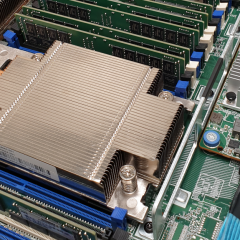Exchange 2007 / 2010 Search for and Delete Emails Containing “yoursearchtext”
KB ID 0000343 Problem You have a nasty email that contains a virus or some offensive content and you want to delete ALL instances of it. Solution 1. Log on as the domain administrator > Open the Exchange Command Shell. 2. First grant the correct rights to the administrator account. This gives the Administrator FULL rights to ALL mailbox’s Get-mailbox -Database “Mailbox Database”| add-mailboxpermission -user...
Exchange – Unable to Mount Stores (log file missing)
KB ID 0000348 Problem Exchange fails to mount a database and complains, with an error like the one below when you try and mount it manually. Error: Mailed to mount database ‘ database name’ Error: Exchange is unable to mount the database that you specified. Specified database {your server name}{path to database}{database name}; Error code: MapiExeptionCallFailed: Unable to mount database. (hr=0x80004005, ec=1032) You may...
Exchange 2010 – Install Anti-Spam Agents
KB ID 0000352 Problem Note: This Procedure is the same for Exchange 2007. You are having a problem with spam, the Exchange agents are no replacement for a proper AntiSpam solution, but they are better than nothing. By default they don’t install, unless you are installing an “Exchange Edge Transport Server”. For most SMB client that’s not an option so there’s nothing to stop you installing the options on...



